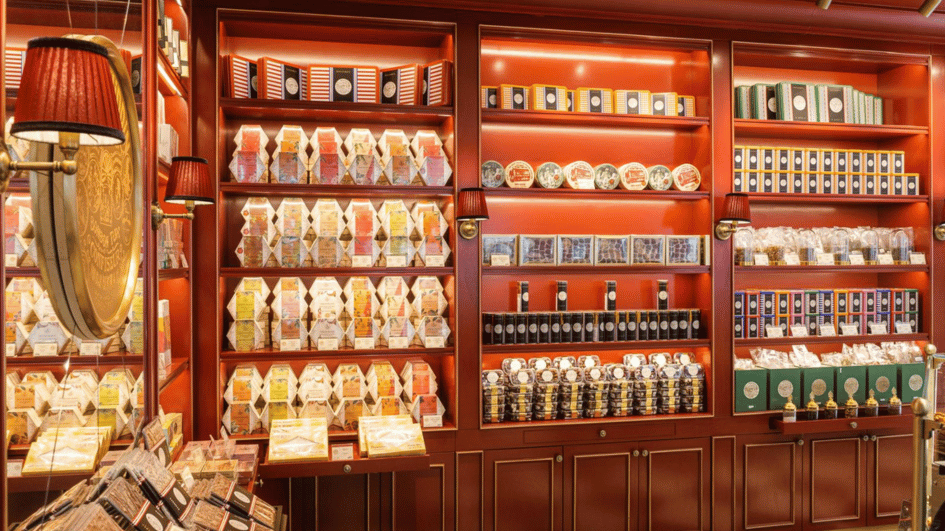An Ottoman palace in Jordan draws tourists
IRBID - Anatolia News Agency

An Ottoman castle in Jordan, with its walls made of basalt stones, is serving as a museum today. It has many rooms containing historical and ancient artifacts in chronological order, and also hosts ceremonies. AA photo
A castle in Irbid, Jordon that was built in the Ottoman era to secure the pilgrimage route, has become a popular place for tourist visits. The castle was constructed by the Ottoman Sultan Süleyman the Magnificent for safety of the pilgrims. Until 1886, the building was used as a refuge for soldiers and shepherds. A German engineer who visited the castle in 1885 and provided information about the situation of the castle, said: “The arched south entrance opens to a courtyard with basalt columns.There are some ruined stairs to the second floor.”
According to an Arabic epigraph on the wall of the castle, the governing center at the time was Aclun, but after the castle was turned into a palace, the governing center was moved from Aclun to Irbit in 1886. After many changes were made to the castle in the 1990s, it turned into to a prison under the police department.
The castle, with its walls made of basalt stones, is serving as a museum today. The total area of the castle is 1,458 square meters, and it has two floors with dozens of rooms.
The director of the museum, Aliye al-Hasavne, pointed out the authenticity of the architecture of the castle and said the castle had been in the inventory of the Jordanian Historical Artifacts Institution since 1994. Al-Hasavne added that the castle had been renovated by a professional team between 1995 and 2007.
A museum today
The castle is currently used as a museum and has many rooms containing historical and ancient artifacts in chronological order. In some of the rooms there are sculptures and some have mosaics and artifacts that represent Irbid’s history. The castle has been visited by many tourists and has a lot of handwritten works. There is also a laboratory to restore historical artifacts in the building.
The museum has also hosted many ceremonies since its court is big and architecture is unique.
Jordan became an Ottoman land after the Mercidabık War of 1516, the first war of Yavuz Sultan Selim in his Egypt campaign.

















